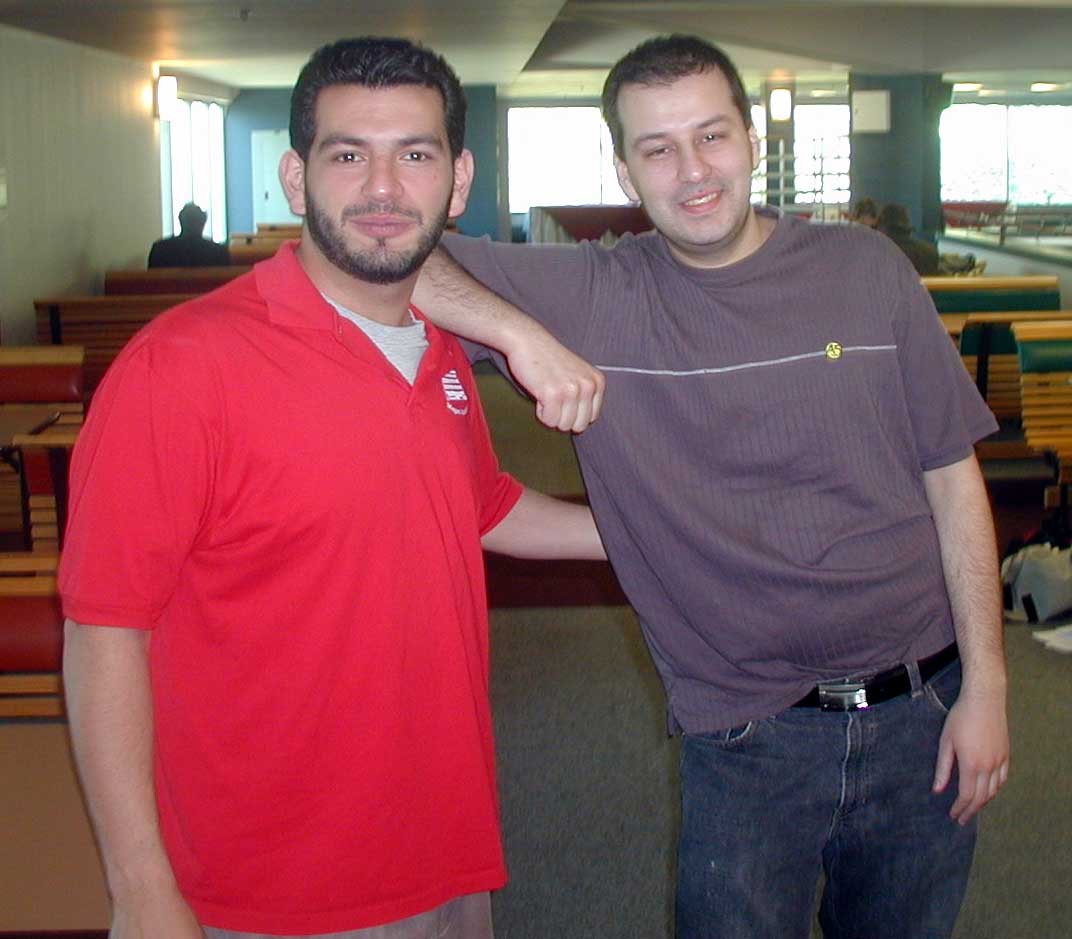
Yet, the pharmaceuticalization of public health ( Biehl 2009), which relies on medicines to achieve population health goals, and the turn to vaccines and screening programs to protect community health are only some of the reasons to bring these literatures into dialog with each other and assess for whom technologies improve health. 2011), while the science, technology, and society literature on medical technologies has been more focused on how technologies reconfigure care practices and subjectivities than on the social stratification following the implementation of technologies (e.g., Mol 2008). Scholars documenting the social determinants of health often start from the assumption that health care (including medical technologies) alone is insufficient to improve population health (e.g., Braveman et al. Over the last decades, the social science literatures on health disparities and medical technologies have continued on two parallel tracks. However, the role of these technologies in addressing health inequities was not part of the research agenda of early generations of sociologists. She predicted that medical technologies heralded a new stage of modernity that would bring moral alienation to health care as well as opportunities for generosity. She examined shifts in patient-doctor interaction, the gift exchange between organ donor and recipient, and challenges to medical authority brought by these technologies. In her 1976 Annual Review of Sociology review on advanced medical technologies, Renée Fox (1976) linked the proliferation of medical technologies to the emergence of the field of bioethics and defined the distinct task of sociologists to examine the social fallout and opportunities of organ transplantation, dialysis, genetics, and medical experimentation. While health technologies have been singled out for decades as central actors in health care, their role in creating and perpetuating health inequities has been of more recent sociological interest. Still, diffusion studies may explain why health technologies provide a benefit windfall for early adopters, carrying over into social stratification if some groups are more likely to adopt than others ( Rogers 2003). Considering the disregard for the technology's rationale, it is unsurprising that a later study showed the importance of contextual factors in the diffusion of tetracycline such as an intensive marketing campaign with aggressive pricing, rendering social influence largely a methodological artifact ( Van den Bulte & Lilien 2001).

1 Yet, while it was critical as a diffusion and social network study, the researchers ignored why the drug was developed, alternative treatments available to clinicians, and the medical needs of patients ( Blume 2013). (1966) examined the diffusion of the antibiotic tetracycline and established the importance of influencers: early adopters of new technologies spreading the technologies in their networks through a process of social contagion following the classic S-curve of adoption. In one of the pioneering studies of health technologies, Coleman et al. 2012), but these developments are not necessarily causally linked.Įarly sociologists, swept up by the optimism that technologies would advance medicine, paid little attention to the health rationale behind technologies. Indeed, at the same time that health technologies continue to revolutionize health care, health disparities in the United States have mostly been increasing ( Bleich et al. Technologies may improve the quality of some lives and harm others, and we are interested in the social sorting and patterning of technological changes. To limit this review's ambit, we take seriously the mandate of health technologies to “solve a health problem and improve quality of lives” and are particularly interested in how directly or indirectly technologies generate, perpetuate, or reduce health inequities.


With such a broad definitional scope, anything of interest to medical professionals, health policy makers, and sociologists can be studied through health technologies. They include physical objects, procedures, social interventions, and health-care systems.
MIRO REVERBY FULL
Technologies range from everyday tools to the most advanced genomic and robot-assisted surgery devices and span the full range of care: disease prevention, diagnosis, monitoring, prognosis, and treatment. The World Health Organization defines health technologies as the “application of organized knowledge and skills in the form of devices, medicines, vaccines, procedures and systems developed to solve a health problem and improve quality of lives” ( WHO 2007, p.

From pregnancy tests and folic acid supplements to ultrasounds at prenatal visits, health technologies permeate our lives from before we are born until we die.


 0 kommentar(er)
0 kommentar(er)
